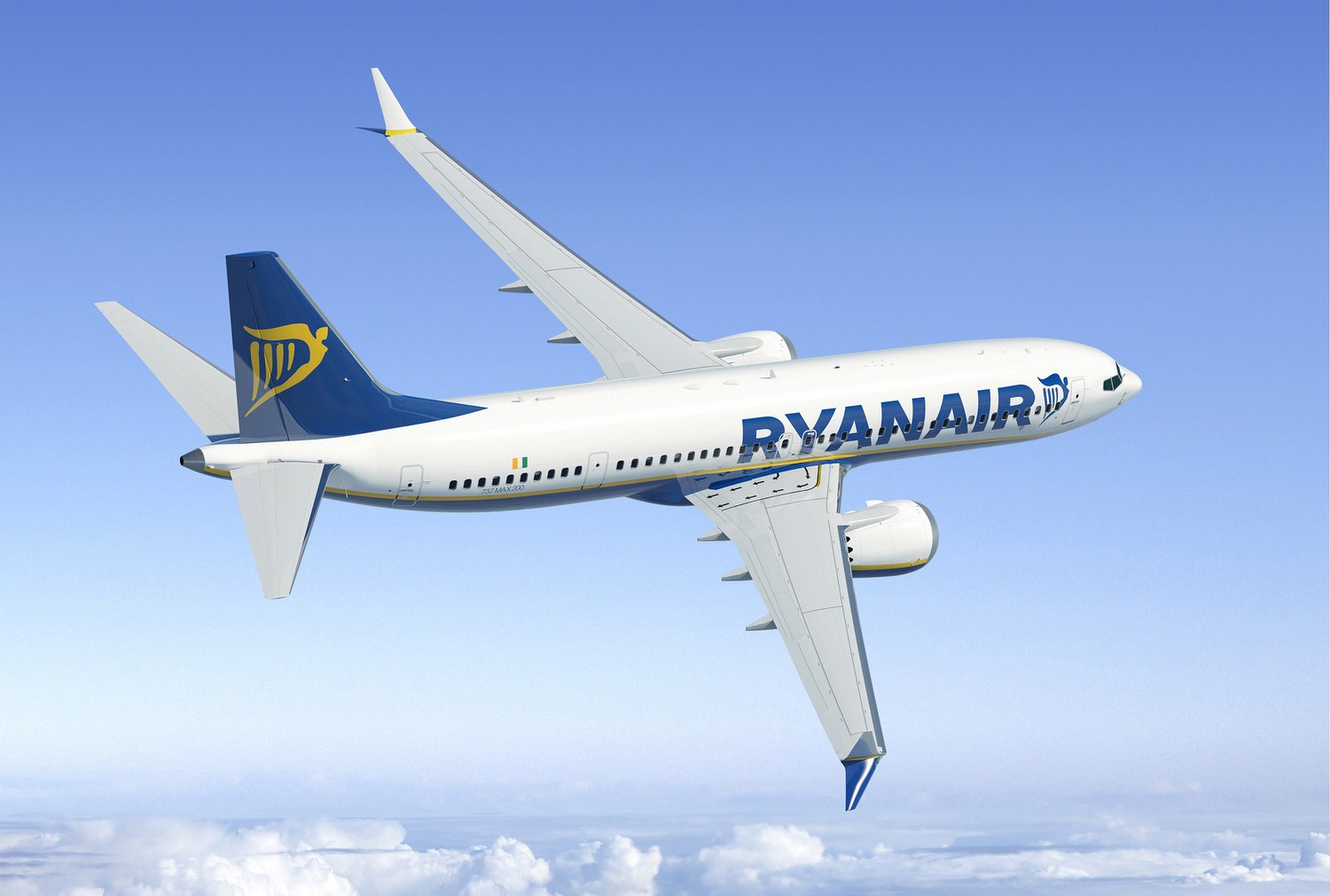

When it comes to intra-European flying (the blue bars in the chart above), Ryanair is of course number one by a large margin. They are about twice the size of the the next biggest airline groups, with IAG and Lufthansa Group vying for number two status and easyJet only a little bit behind those two.
In my ASK comparison, I included European flying by airlines not based in Europe. Emirates is the only one of these big enough to make it into the top eight. For all the other airlines, every flight in their system features a European airport as either an origin or a destination. But for Emirates, 65% of their capacity doesn’t touch Europe. If you were to include all of Emirates’ capacity, they would be about the same size as IAG and AF-KLM. Since I want to focus on airlines based in Europe in this article, I won’t be talking about them further.
Before we move onto other size metrics, I want to say a few words about the Wizz ASK numbers. As I mentioned before, the figures in the above chart are based on published schedules and are calculated on a comparable basis. The published number of flights in the period is multiplied by the seat capacity of the aircraft operating that flight and by the distance flown, as measured using great circle distances. These figures are never going to be identical to the numbers reported in company accounts, for example due to last minute cancellations or aircraft type changes. But for all the airlines here except one, they are very close. Typically 1-2% different. The one airline where the figures don’t line up is Wizz, where the reported ASKs are 10% higher. If you compare the reported figures for the number of flights and the number of seats operated, the discrepancy is very small. So the difference arises in the numbers for the distance flown. The only explanation I can offer is that Wizz may be reporting based on actual distance flown, rather than great circle distance, which I think is used everywhere else. Actual distance flown will be greater than great circle distance, since air traffic control does not always allow airlines to fly the shortest routing. The war in Ukraine and constant ATC strikes in France are causing more issues than usual too. If that is what Wizz are doing, then on a “like for like” basis they are understating their reported unit costs (they focus on “Cost per ASK”) and also overstating their fuel efficiency (they use “CO2 per RPK”). To be clear, I’m not saying that there is anything wrong with using actual distance flown per se, just that if that is what they are doing, this isn’t made clear in their accounts and would be non-standard. Given that it would have the effect of flattering their highest profile performance metrics, I think that is quite important. But maybe there is another explanation, so I’ll give them the benefit of the doubt and use their reported ASK figures for the rest of this article.
Who is biggest based on revenue?
In the chart which follows, I’ve shown the figures for passenger and total revenue for the year to March 2023. Looking only at passenger revenue, you can see that Air France – KLM, Lufthansa Group and IAG are remarkably similar in size, with Air France – KLM again taking number one slot. Lufthansa Group climbs to the top of the chart on the basis of total revenue, thanks to the size of their cargo, third party MRO and catering businesses.




